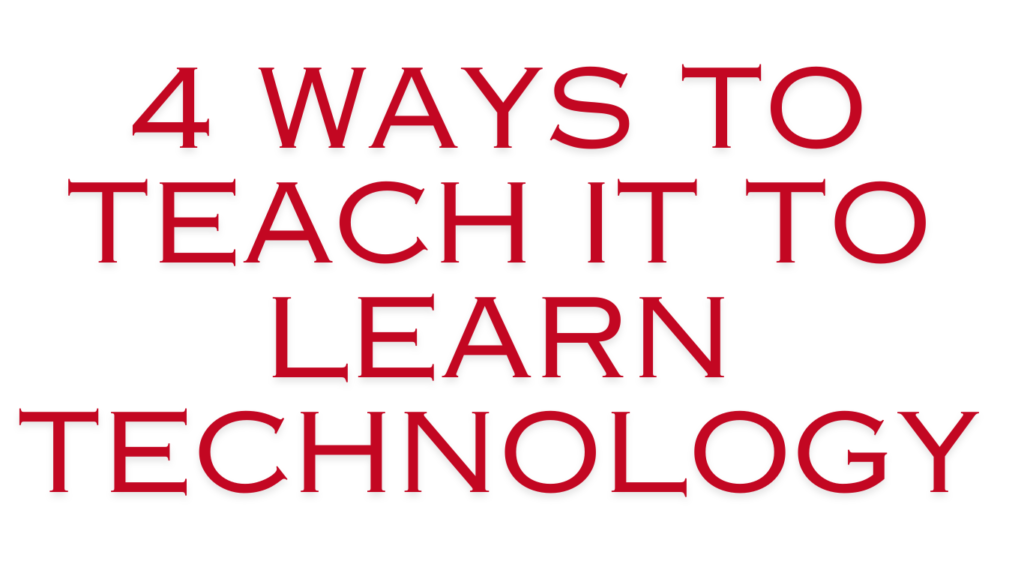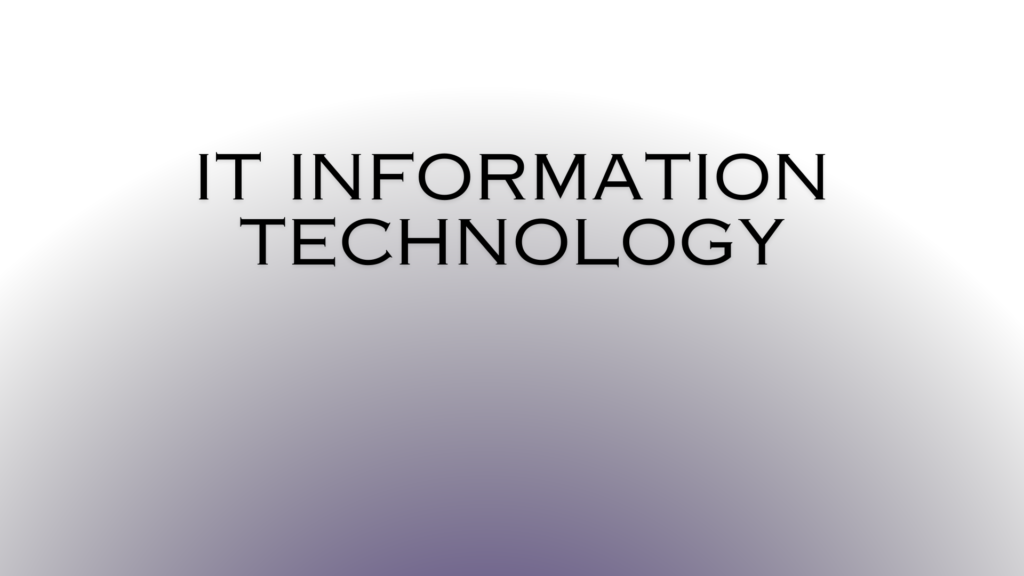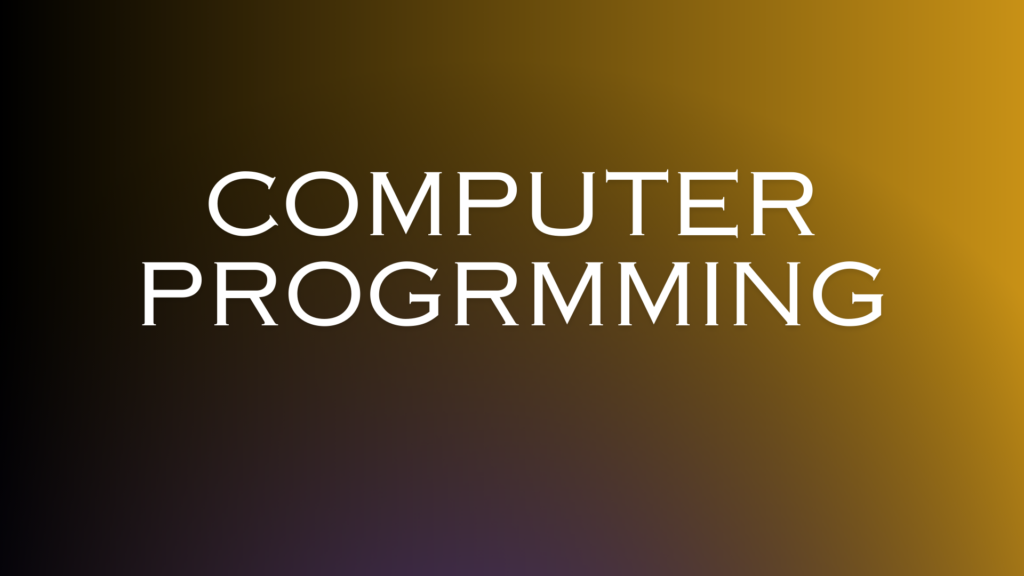4 Ways to Teach It to Learn Technology
Outline of the Article Introduction Understanding the Learner Creating Engaging Content Interactive Learning Techniques Encouraging Exploration and Curiosity Introduction Importance of learning technology In today’s fast-paced world, technological literacy is more crucial than ever. Whether it’s for personal development, career advancement, or simply navigating daily life, understanding technology is a fundamental skill. However, teaching technology effectively requires a strategic approach that caters to diverse learning styles and preferences. In this article, we’ll explore four effective methods for teaching technology in a way that engages and empowers learners. Understanding the Learner Assessing prior knowledge Before diving into teaching technology, it’s essential to understand the learners’ background knowledge and preferred learning styles. Conducting assessments to gauge prior knowledge allows educators to tailor their teaching methods accordingly. Additionally, identifying different learning styles, such as visual, auditory, and kinesthetic, enables instructors to design content that resonates with each student technology. Creating Engaging Content Utilizing multimedia resources One of the keys to successful technology education is creating content that is both informative and engaging. Incorporating multimedia resources such as videos, interactive simulations, and infographics can enhance the learning experience and cater to visual and auditory learners. Furthermore, integrating interactive elements such as quizzes, games, and hands-on activities encourages active participation and deeper understanding. Interactive Learning Techniques Hands-on activities Technology education should go beyond passive learning and embrace interactive techniques that promote active engagement. Hands-on activities, such as coding workshops or robotics projects, allow students to apply theoretical concepts in real-world scenarios, fostering critical thinking and problem-solving skills. Additionally, group discussions and collaborative projects encourage peer-to-peer learning and communication skills development. Encouraging Exploration and Curiosity Embracing experimentation To cultivate a genuine interest in technology, educators should encourage students to explore and experiment with various tools and applications. Providing access to a diverse range of resources, such as online tutorials, coding platforms, and maker spaces, empowers learners to pursue their interests and discover new possibilities. By fostering a culture of curiosity and experimentation, educators can instill a lifelong passion for technology. Conclusion Teaching technology effectively requires a multifaceted approach that considers the diverse needs and preferences of learners. By understanding the learner, creating engaging content, incorporating interactive techniques, and encouraging exploration, educators can empower students to become confident and proficient in technology. By adopting these strategies, educators can pave the way for a future generation of tech-savvy innovators and problem solvers. FAQs (Frequently Asked Questions)










